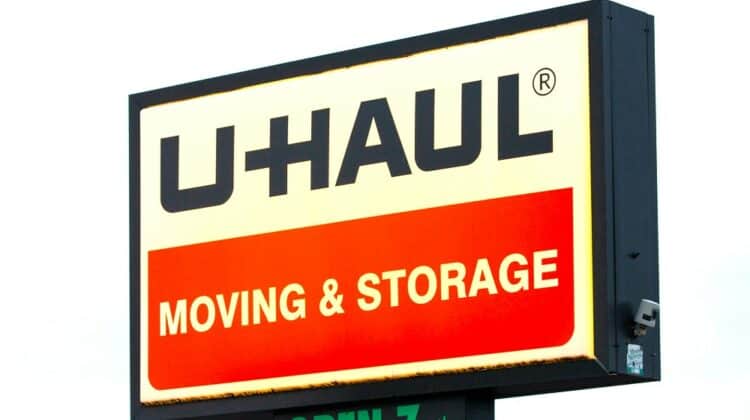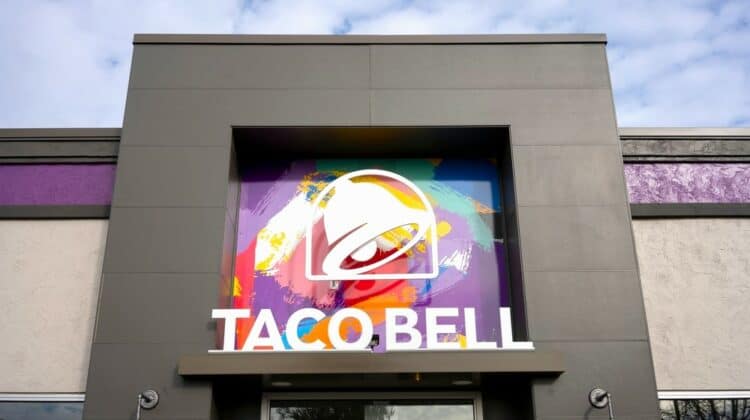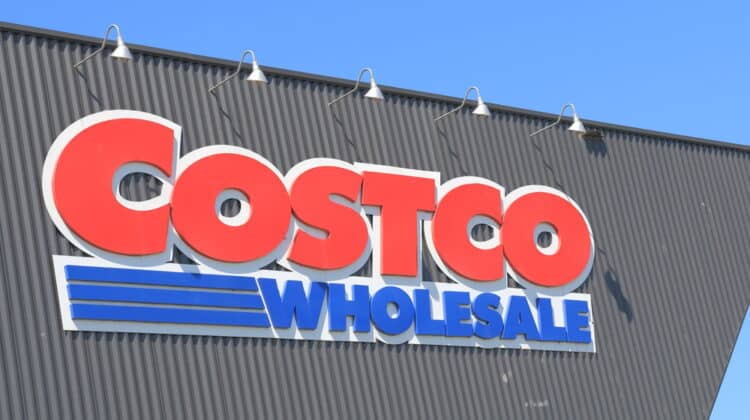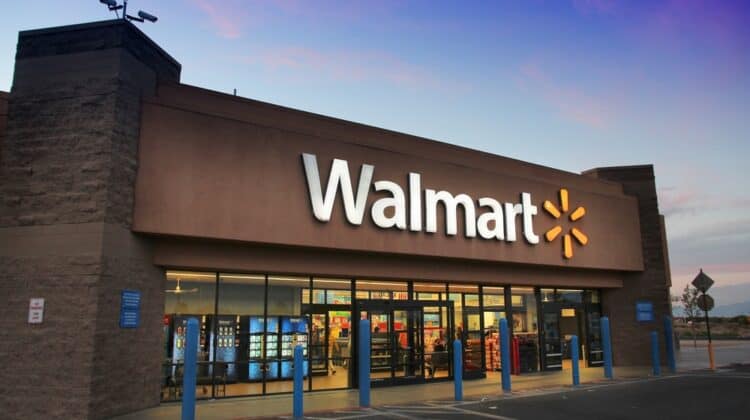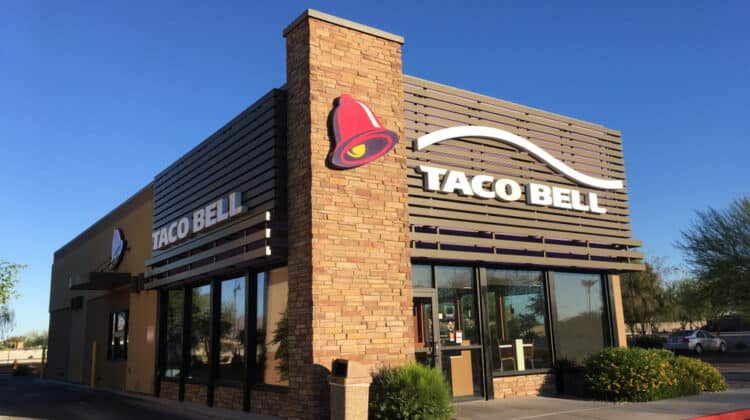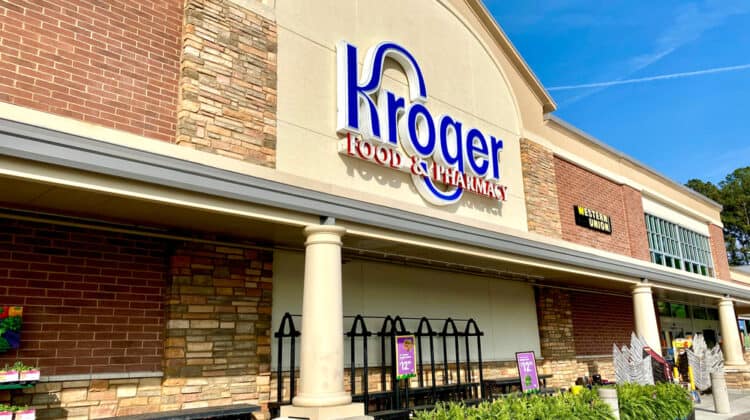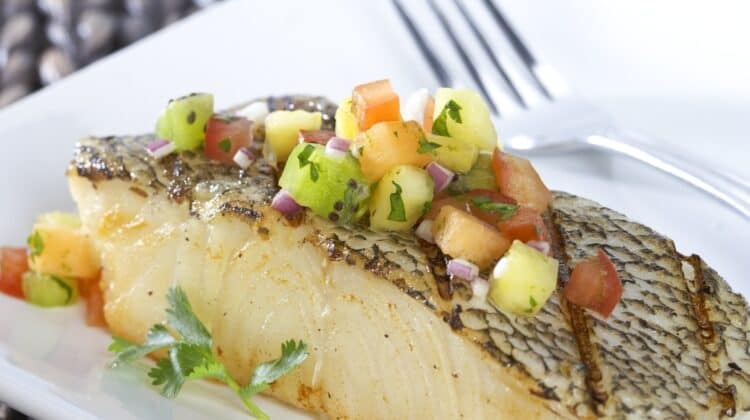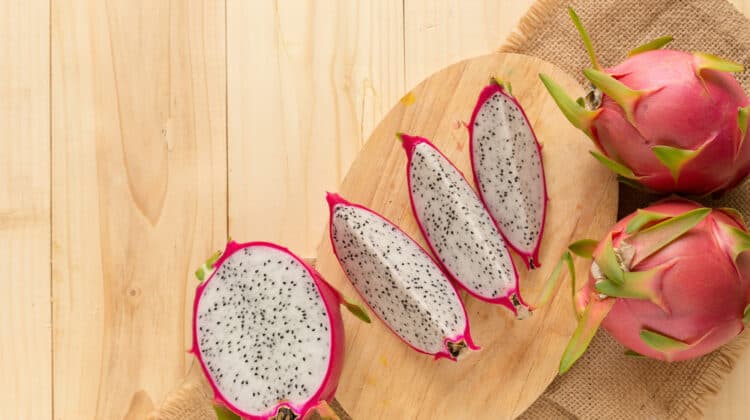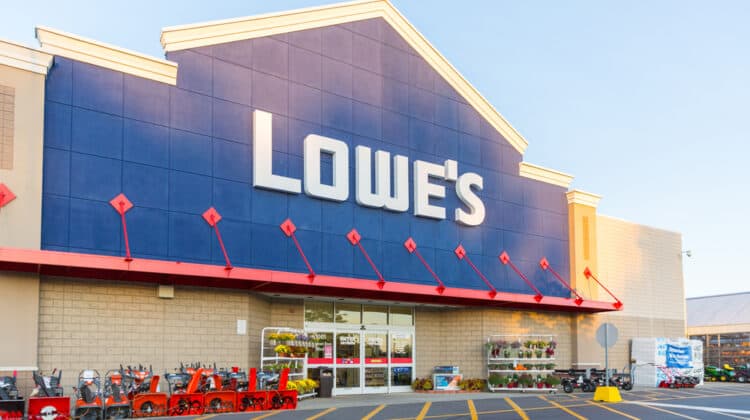
It seems like everywhere you go, cauliflower is suddenly on the menu.
From Buffalo cauliflower “wings” at your local pub to bags of cauliflower fried rice in the freezer aisle, this veggie has taken the culinary world by storm.
Why has cauliflower gotten so pricey?
Ten years ago, you could find this humble vegetable on sale for less than a dollar.
Now, the price has soared, and even at discount retailers such as Walmart, the cost for a head of cauliflower is nearly three dollars.
Here are ten reasons the price of cauliflower has gone up faster than inflation!
Why Is Cauliflower So Expensive? (Top 10 Reasons)
1. The Trendy New Veggie

One of the main reasons that the price of cauliflower has skyrocketed is simple supply and demand.
Previous generations didn’t do much with cauliflower.
Families might have boiled it and served it as a side at dinner.
Restaurants sometimes added it to a steamed vegetable medley that nobody ordered.
Either way, the result was bland, with a strange, watery texture—not very exciting.
Now, cauliflower has gone from broccoli’s boring, colorless cousin to the trendiest veggie on the block.
Innovative chefs have taken cauliflower to new heights by broiling, frying, roasting, mashing, and smashing this simple staple.
Naturally, an increased demand combined with the same or even decreased supply has resulted in a cauliflower boom.
As a result, cauliflower sales saw a steep climb in just three years, nearly doubling from $239 million in cauliflower sold in 2012 to $402 million in cauliflower sold in 2015.
This trend has only continued in recent years, with the average retail price of cauliflower rising above four dollars in major cities such as Chicago and Los Angeles.
That’s a lot for a head of cauliflower, especially when you consider that you can buy rice or potatoes for around fifty cents a pound!
2. Popular For Keto And Paleo-Friendly Diets

The rise of Keto and Paleo diets is one of the main reasons that cauliflower has become so popular, resulting in higher demand and higher prices.
A quick search for Keto-friendly cauliflower recipes returns millions of results.
Between cauliflower pizza crust, cauliflower rice, cauliflower tots, mashed cauliflower, and cauliflower flour for baking, it seems there’s no starch that the carb-conscious eater can’t replace with a healthier version!
Because of this, cauliflower has become a cornerstone of these diets.
Of course, whenever there’s a diet trend, you can count on retailers and food manufacturers to jump on board to meet the demand.
Trader Joe’s, Whole Foods’ 365 Organic Brand, Green Giant, Bird’s Eye, and many, many more have all come out with new cauliflower-based products in the freezer aisle in the past five years.
While these products are convenient for the consumer, they also buy up and decrease some of the supply, making the cost of the fresh stuff rise even higher for regular consumers.
3. Extremely Versatile

If Keto and Paleo dieters were the only consumers increasing the demand for cauliflower, that would be bad enough, but they aren’t—not by a long shot.
Vegans and vegetarians love this vegetable, too, maybe even more than the low-carb crowd!
Due to its unique texture and mild flavor, cauliflower is incredibly versatile and works just as well as a meat replacement as it does as a starch replacement.
With a little truffle oil, harissa, taco seasoning, or red wine reduction and butter, cauliflower can taste like just about anything.
High-end restaurants looking to increase their vegan and vegetarian options are now serving roasted cauliflower steaks, flash-fried cauliflower wings, and everything in between.
Meanwhile, vegetarian recipe blogs provide at-home instructions for substituting cauliflower for some of your favorite meat dishes, including cauliflower tacos, cauliflower ground beef, and cauliflower meatballs.
Since cauliflower works so well as a substitute for all kinds of diet restrictions, from gluten-free and low-carb to strict vegan, the demand has increased exponentially along with the rise of more conscious eating habits.
4. Convenient And Shelf Stable

Another reason for the rise in cauliflower’s popularity is how long the vegetable lasts compared to other vegetables and meat.
Stored and refrigerated correctly, cauliflower remains fresh for up to three weeks.
Blanched cauliflower can be frozen for up to twelve months.
By contrast, steak typically lasts three to five days in the refrigerator and no more than six months in the freezer.
Meats and seafood also have the unfortunate tendency to pass their odors and flavors to the food around them in the fridge or freezer, while cauliflower’s densely packed texture tends to repel other flavors and odors and retain its mild flavor profile.
This longer shelf life combined with a comparatively lower price (when compared to actual steak!) makes cauliflower a great bargain for restaurant owners.
Who wouldn’t want to charge an arm and a leg for a cauliflower “steak” that costs a third as much as an actual steak and stays fresh for three times longer?
Unfortunately, cauliflower’s rise in popularity at high-end, foodie-forward restaurants has driven up the cost for the rest of us at the supermarket.
5. Nutrient Dense Superfood

Move over kale, quinoa, and acai.
One final cause of cauliflower’s sudden spike in demand is its reputation as a nutrient-dense powerhouse.
Compared to flour, rice, and potatoes, cauliflower is higher in fiber, vitamins, water, and minerals and lower in calories and net carbs.
In fact, one cup of cauliflower rice has only three grams of net carbs.
That’s 18 times fewer net carbs than a cup of rice. It also has just 25 calories and two grams of fiber.
The water content and fiber in cauliflower help you to feel full for longer for fewer calories, resulting in weight loss.
No wonder dieters love this superfood!
Similarly, cauliflower has far less saturated fat than meat.
While it’s not a great source of protein, combining cauliflower with a protein source such as black beans, lentils, or tofu in a risotto or other recipe can provide all needed nutrients in a delicious, filling meal.
Bottom line: Any time a vegetable or grain starts getting good press as a superfood, the demand rises, and the price follows right behind.
6. Labor-Intensive

The first five reasons cauliflower is so expensive have detailed why the veggie’s popularity has gone through the roof in recent years.
The next five reasons explain why the supply isn’t always able to keep up with the demand.
First and foremost, cauliflower is a labor-intensive crop to grow.
Starting from seed, cauliflower varieties take 70 to 120 days before they’re ready for harvest.
That means each head of cauliflower can take up to six months from seed to harvest—that’s six months of weeding, trimming, fertilizing, and watering for every head of cabbage!
Compare that to other nutrient-rich vegetables, like baby kale or leafy greens, which germinate quickly, are ready to pick in just three to four weeks, and can often be harvested multiple times throughout the growing season.
Also, unlike cash crops such as wheat, corn, and rice that can be machine-harvested, vegetable crops like cauliflower, broccoli, and tomatoes must be harvested by hand.
The use of manual labor makes these vegetables more time-consuming and more expensive to harvest and bring to market.
The result is an overall lower supply and sticker shock at the grocery store.
7. Takes A Lot Of Space

The amount of space it takes to grow each head of cauliflower is another reason the demand for cauliflower often outpaces the supply.
Cauliflower is large and bushy. In traditional, row-based agriculture, each head of cauliflower requires 18 inches of space between plants and 30 inches of space between rows to allow room for walking and harvesting.
Again, compare that to machine-harvested crops like corn, rice, and wheat.
These crops can be planted close together with little to no spacing in between rows.
In fact, less spacing results in higher, stronger yields because these plants rely on cross-pollination to thrive.
In addition to the physical properties of cauliflower, it also needs a lot of space to grow because it’s a heavy feeder.
Remember how many nutrients are found in cauliflower, making it popular with health-conscious eaters in the first place?
Well, those nutrients have to come from somewhere.
Cauliflower pulls these nutrients and moisture from the soil, so any plants that are too close won’t get enough water or vitamins to grow into a healthy crop.
This also means that farmers have to rotate their cauliflower fields with nitrogen-fixing plants like soy or legumes.
In other words, even a farmer with a lot of acreage can’t use all available space for cauliflower every year.
Other large, bushy plants and heavy feeders have properties that allow them to be more productive in the same amount of space and, therefore, less expensive to grow and harvest.
For example, heavy feeders like grapes, cucumbers, melons, and even some tomatoes can be trained to grow vertically up a trellis, maximizing space.
Similarly dense, bushy plants such as squash and zucchini can be cultivated in more compact varieties.
All of these heavy feeders will flower and fruit more quickly, have a longer growing season, and produce a lot of fruits or vegetables in the same time and space as it takes to grow one head of cauliflower.
The result: These crops are much cheaper per pound at the grocery store, especially when they’re in season.
8. Limited Growing Season

Speaking of being in season, cauliflower is also pricier than other vegetables at the supermarket because it has a shorter growing season.
While there are many heirloom varieties of cauliflower that can be grown in home gardens throughout the year, in general, the varieties of cauliflower suited for large-scale agriculture are cool-weather plants.
Specifically, cauliflower grows best in temperatures below 65 F (18 C) and above 60 F (16 C).
That’s a pretty narrow range!
Cauliflower can grow in slightly warmer conditions but won’t produce a quality head at temperatures over 75 F (24 C).
Its temperamental nature combined with the time cauliflower takes to mature from seed to harvest gives farmers an incredibly short planting window—and only one chance to get it right.
In the best, most temperate circumstances, cauliflower farmers will have two short growing seasons per year: one in the winter for a spring or early summer harvest and one in the late summer for a fall harvest.
In many US climates, including all of California, which is the largest cauliflower producer in the country, cauliflower farmers have just one growing season per year.
Even cauliflower’s closely related vegetable cousins such as broccoli, brussels sprouts, kale, turnips, and romanesco have longer seasons, smaller space requirements, and can produce more than one crop per season, making them less pricey than cauliflower at the grocery.
9. Susceptible To Drought, Deluge, And Temperature

Because of cauliflower’s limited growing season, and limited planting window, natural events can have an outsized effect on a given year’s cauliflower supply compared to other vegetables.
We’ve already discussed cauliflower’s heat-sensitive, temperamental nature above.
A late frost or early heat wave can devastate an entire harvest in a matter of days.
However, cauliflower is also more sensitive to over- or under-watering than similar vegetables.
In fact, if you think the price of cauliflower is high now, be grateful you weren’t shopping for this crunchy crucifer during the winter of 2015–2016 when an unseasonably cold early fall followed by an unseasonably warm, rainy winter in California wiped out most of the US crop.
Prices were even worse in Canada and Australia, where the California export was costing local consumers around eight dollars a head—when they could get it!
Thank your lucky stars that you weren’t trying to add cauliflower to the menu in the UK in the summer of 2019, when extreme weather ruined most of their country’s supply.
Similarly, a rainy winter season in California in 2019 made the price of cauliflower triple in a matter of weeks.
In contrast to cauliflower prices during these lean years, current prices no longer seem so bad!
10. No Government Subsidies

The final reason that cauliflower prices are more likely to spike with increased demand or decreased supply is the lack of government subsidies for most vegetable crops.
In the United States, the government subsidizes certain cash crops, especially feed crops and staples like oats, wheat, rice, barley, and corn.
In other words, the government pays farmers to produce certain crops, and the savings are passed onto the consumer.
When there’s a drought or other natural event that affects a grain farmer’s output, these subsidies also help the industry weather the financial impact without increasing their prices too steeply.
In contrast, vegetable crops typically aren’t subsidized, so the consumer pays full price for the produce.
Just as importantly, the agricultural industry bears the full risk of a natural event that reduces their supply and has to pass the cost of extreme weather to the consumer.
As a result, it’s rare for a farmer to dedicate his full acreage to producing a single crop, especially one as finicky as cauliflower.
Just as in any industry, diversification is key.
This fact further decreases the supply and increases the cost of cauliflower.
How Can I Eat Cauliflower On A Budget?

With all of the factors that the price of cauliflower has going against it, it’s a wonder that it has ever been an affordable veggie.
Still, the current cost is more than justified by its nutritional content and versatility.
If you want to make cauliflower a regular part of your diet but don’t want to break the bank, consider the following three tips:
1. Always Shop For Cauliflower In Season
Cauliflower will be more affordable as well as better-tasting and more nutritious when it’s in season.
The exact time cauliflower is in season will vary depending on where you live.
For most of the United States, this means you need to look for cauliflower in the spring and late fall/early winter.
2. Choose Frozen When It’s Not In Season
While nothing beats fresh cauliflower if you’re looking to roast the veggie, frozen florets work just as well for mashed cauliflower, casseroles, risottos, soups, and crusts, and at a far more affordable price point.
As an alternative, you can buy cauliflower when it’s on sale and then blanch and freeze your own and use it for up to a year.
Another advantage of stocking up on frozen or freezing your own?
The next time a drought hits and prices skyrocket, you’ll be well prepared.
3. Buy An Inexpensive Ricer And Skip The Pricey Convenience Products
On the other hand, frozen and shelf-stable convenience items cost a lot more than whole frozen florets or fresh.
Eight-ounce pre-packaged cauliflower rice can cost four or five dollars depending on the manufacturer.
By comparison, the average head of cauliflower weighs 20 ounces.
That’s more than double the amount of food for about half the cost.
Instead, buy a cheap ricer and make your own cauliflower rice!
It tastes better and costs less.
No matter how you choose to maximize your cauliflower budget, it’s important to remember that even at its most expensive, you’re still getting a lot of nutritional bang for your buck.
Consider the cost to be an investment in your health and enjoy this low-calorie superfood as much as you want.
NEXT: Why Is Etsy So Expensive? (Top 10 Reasons)

